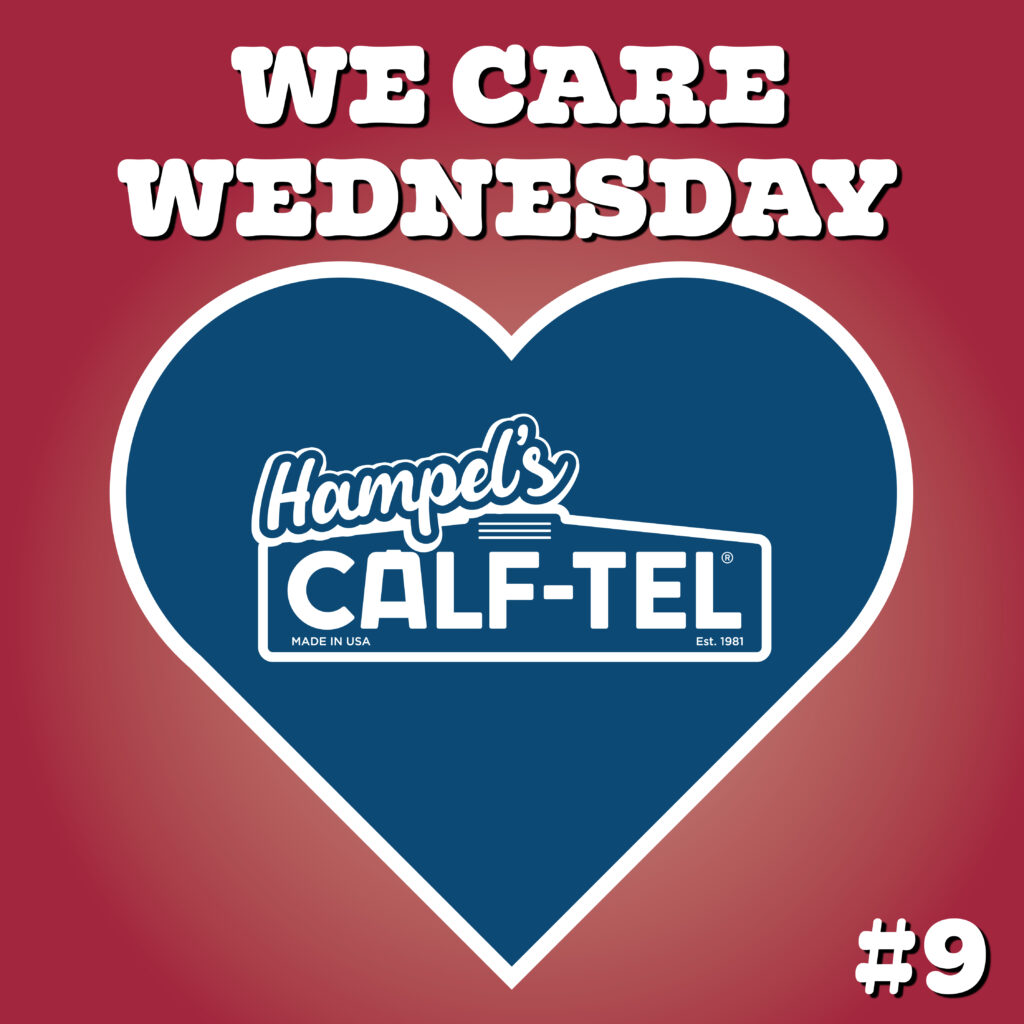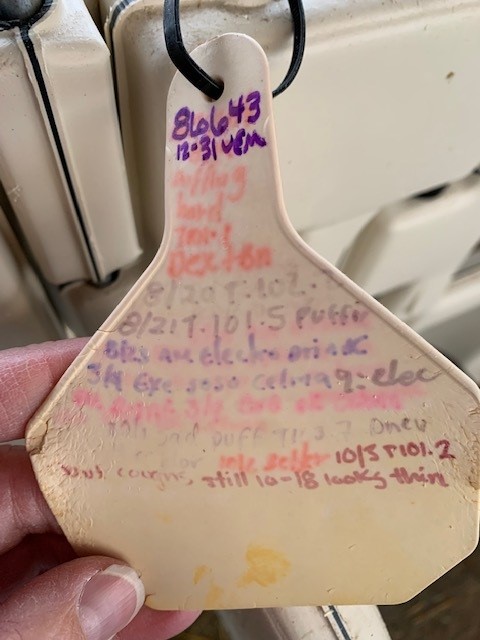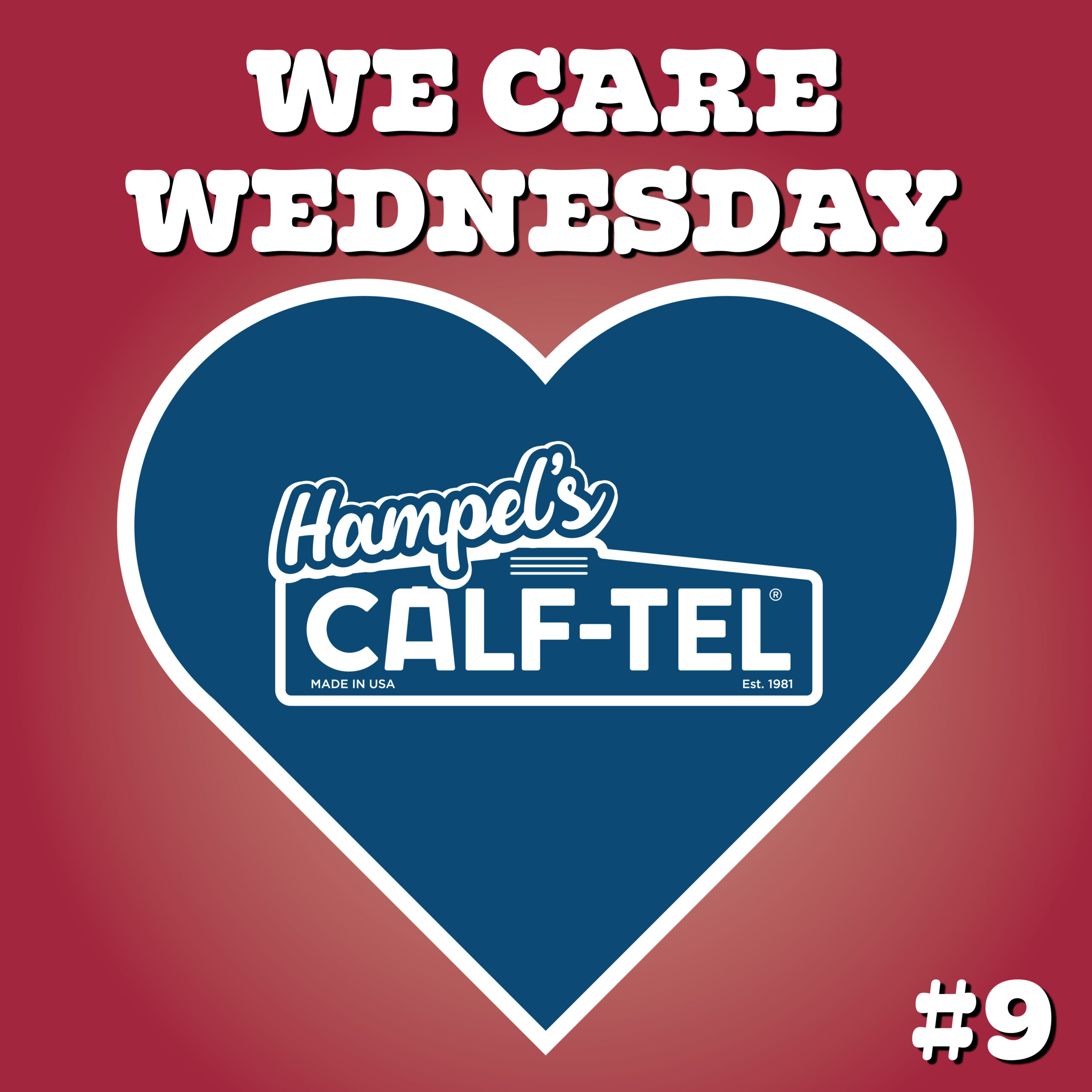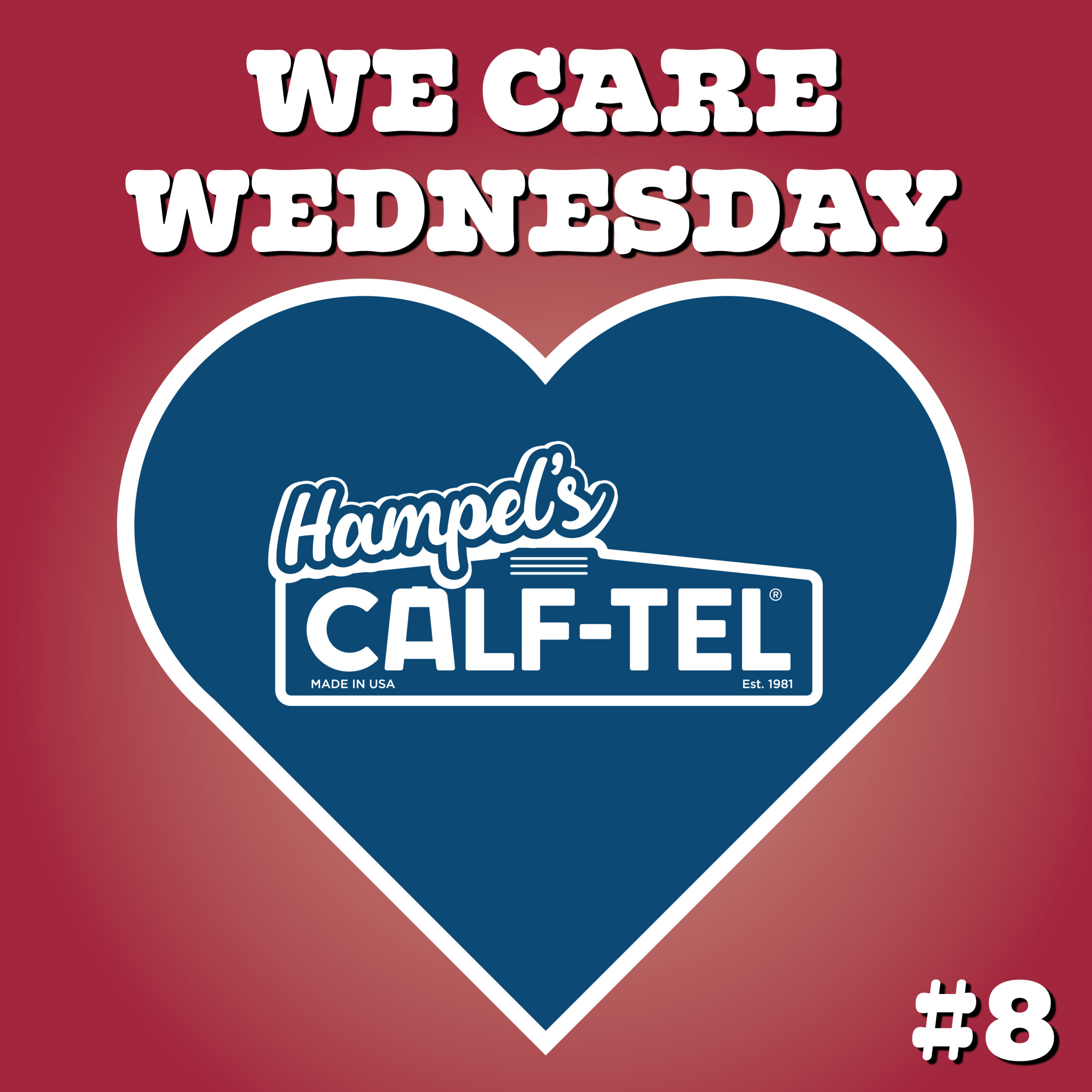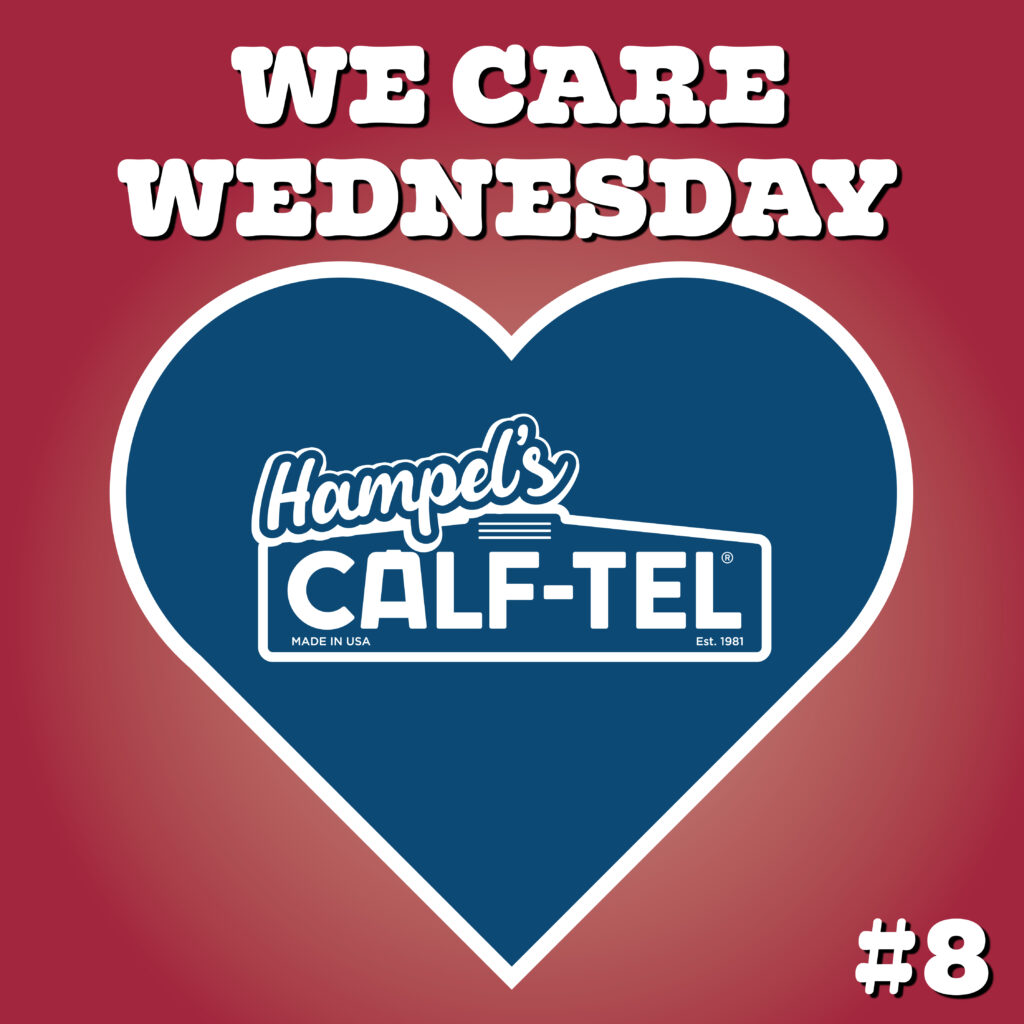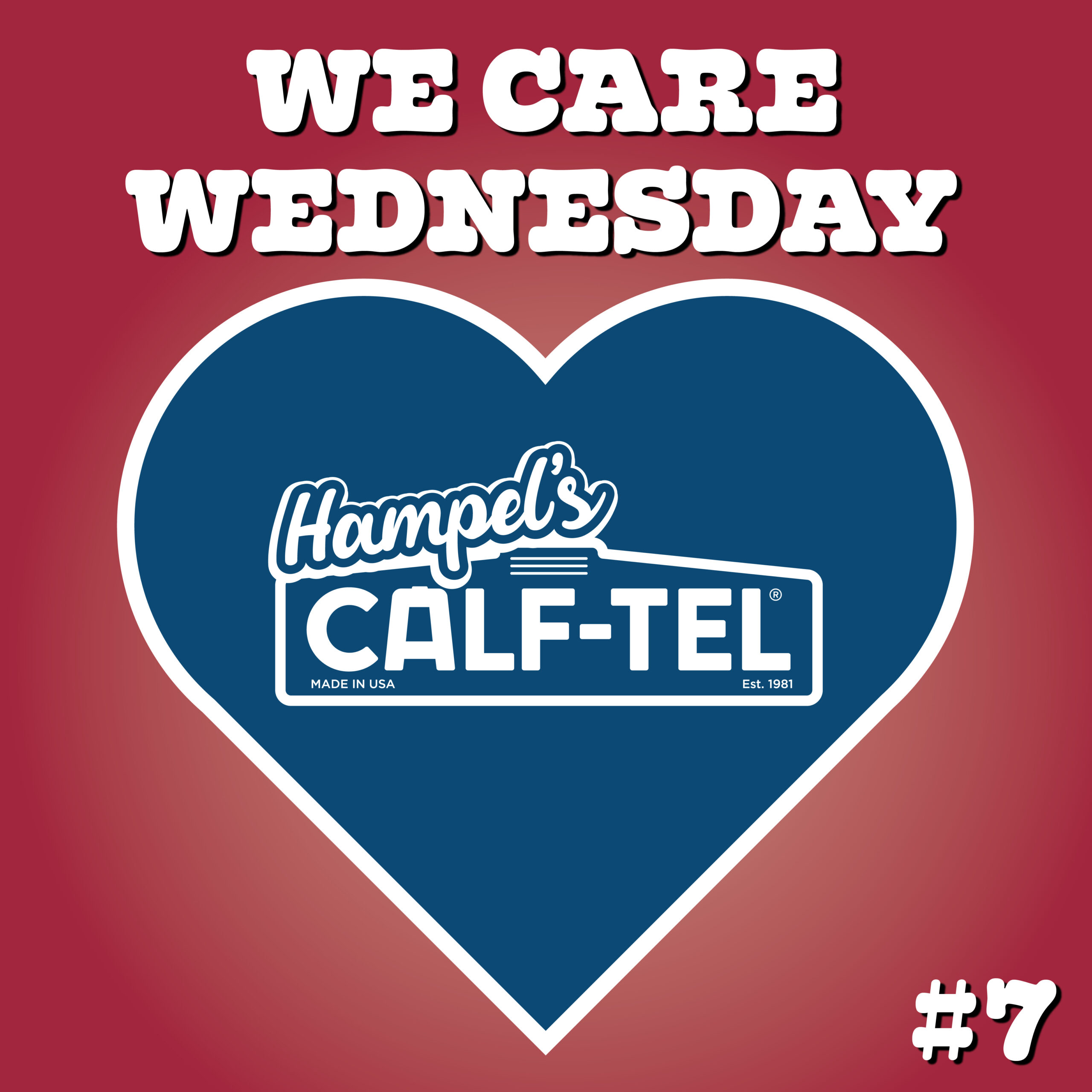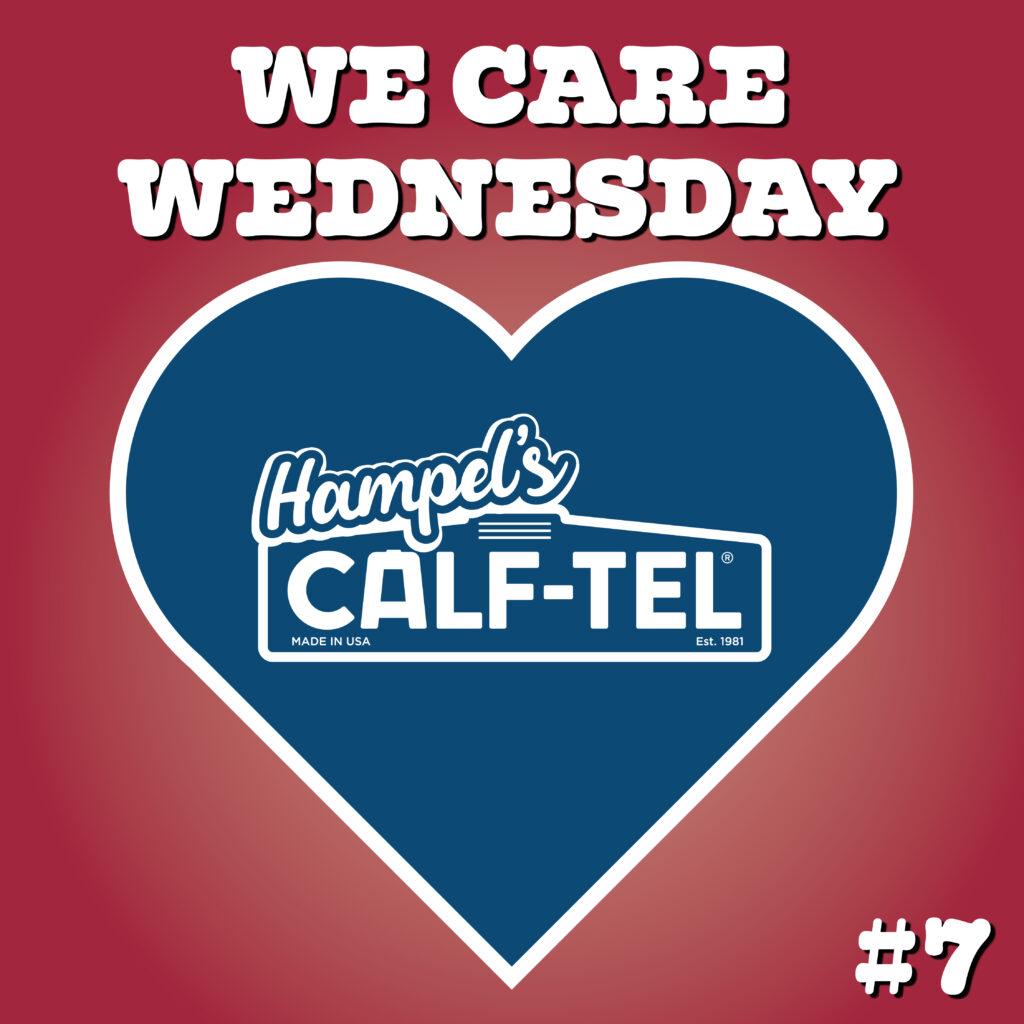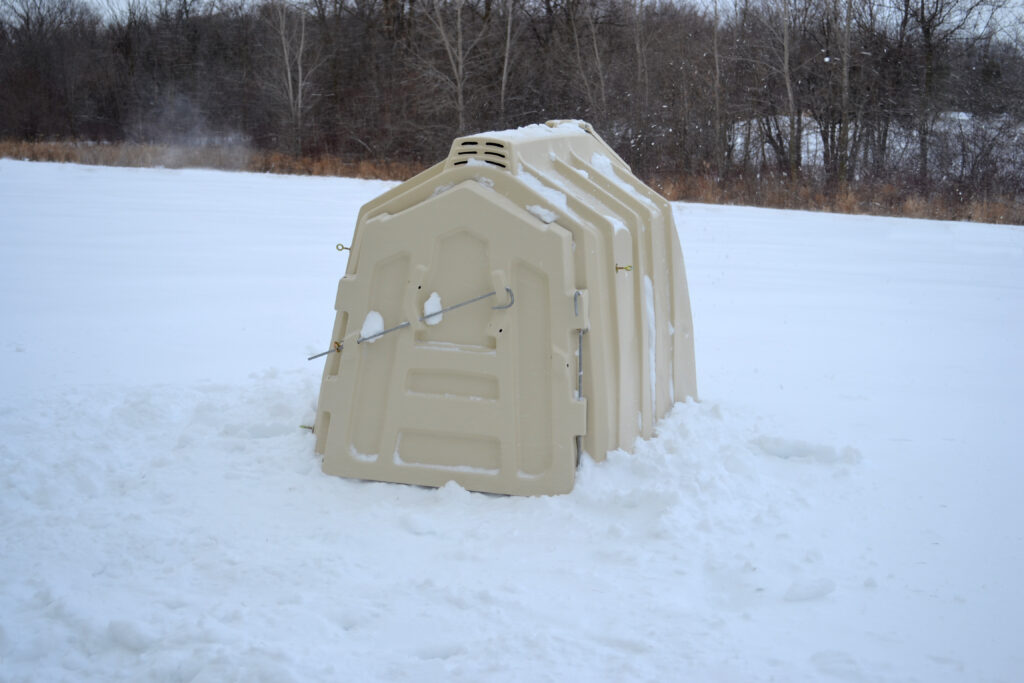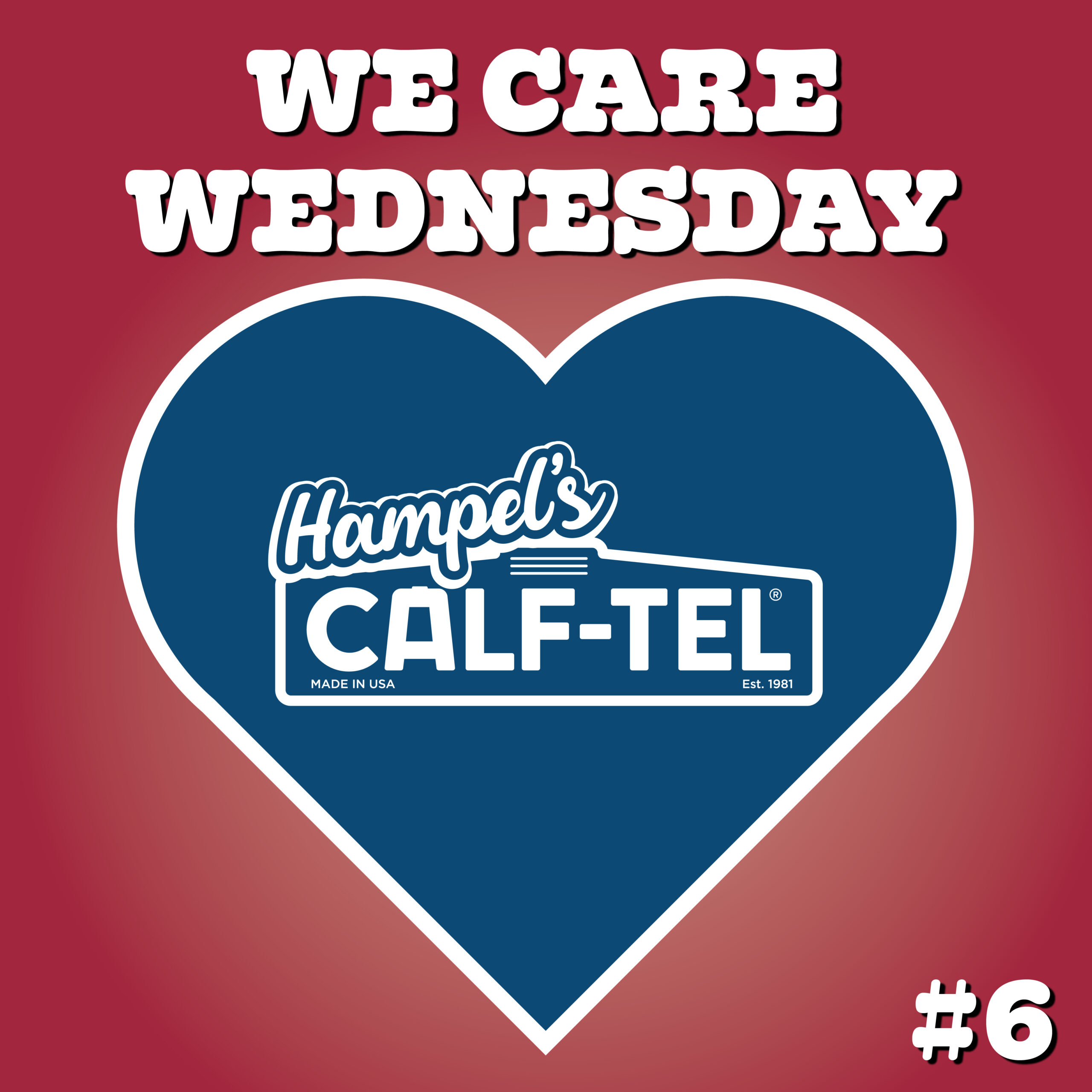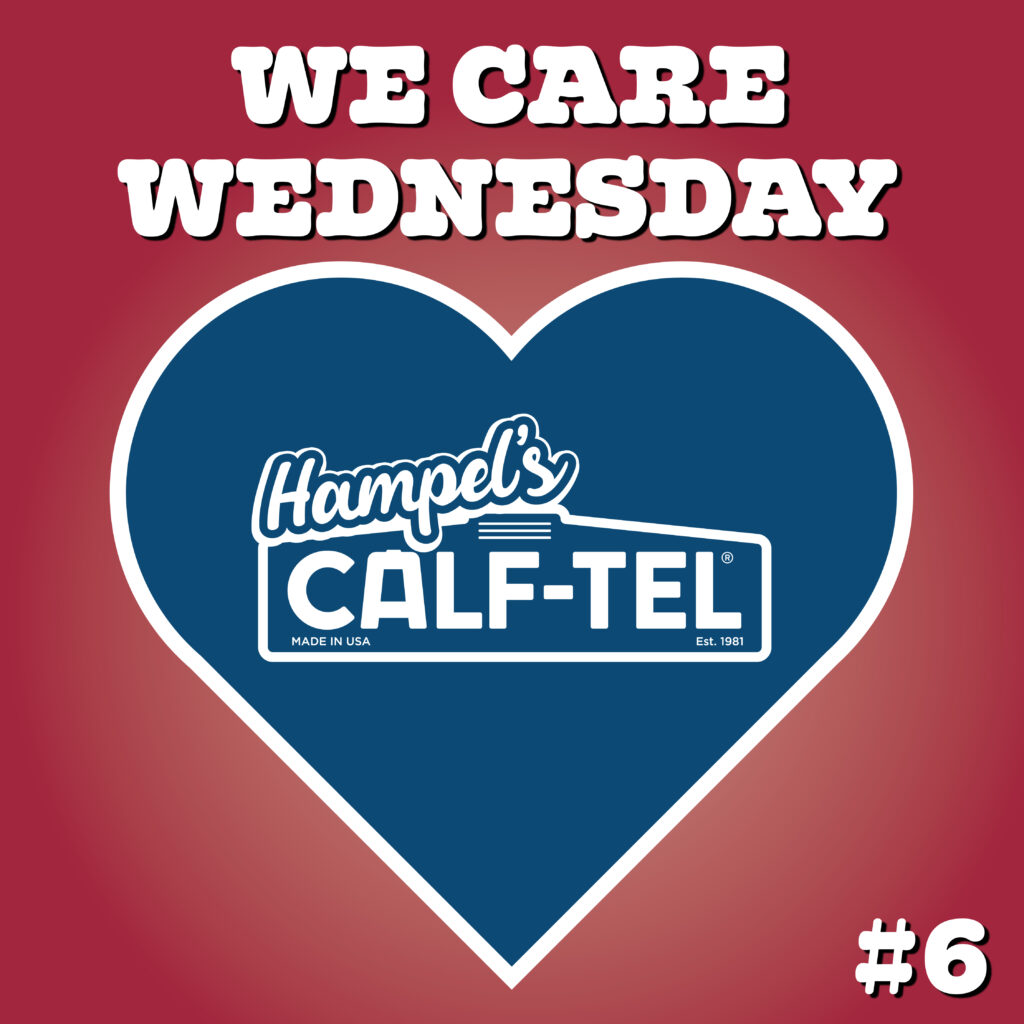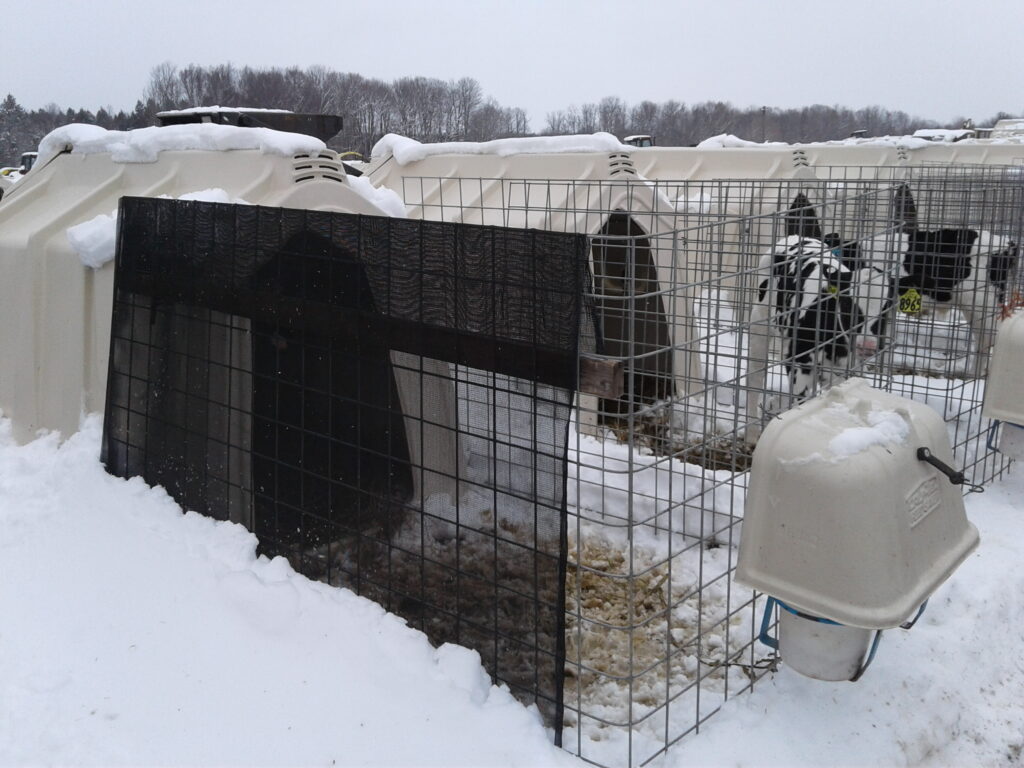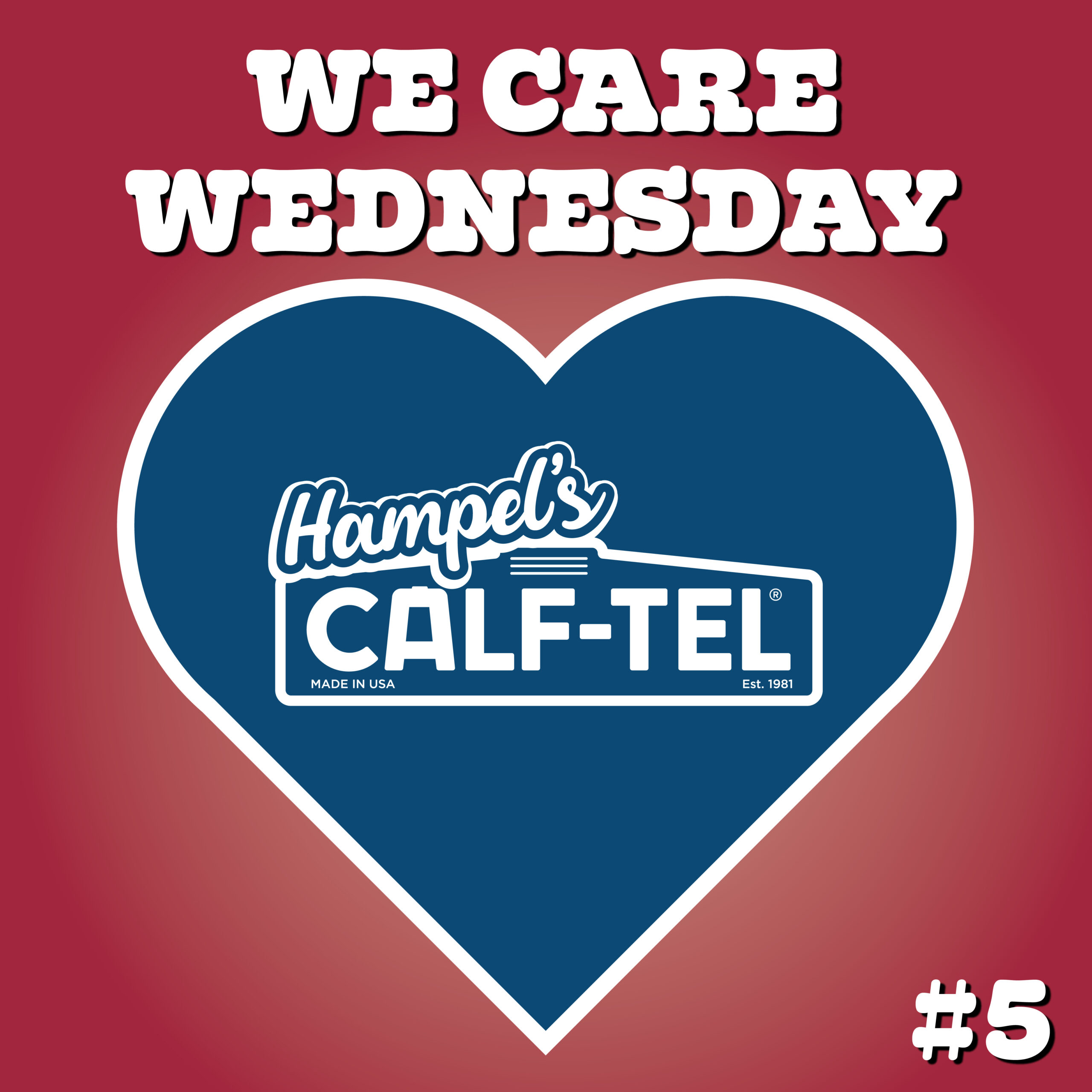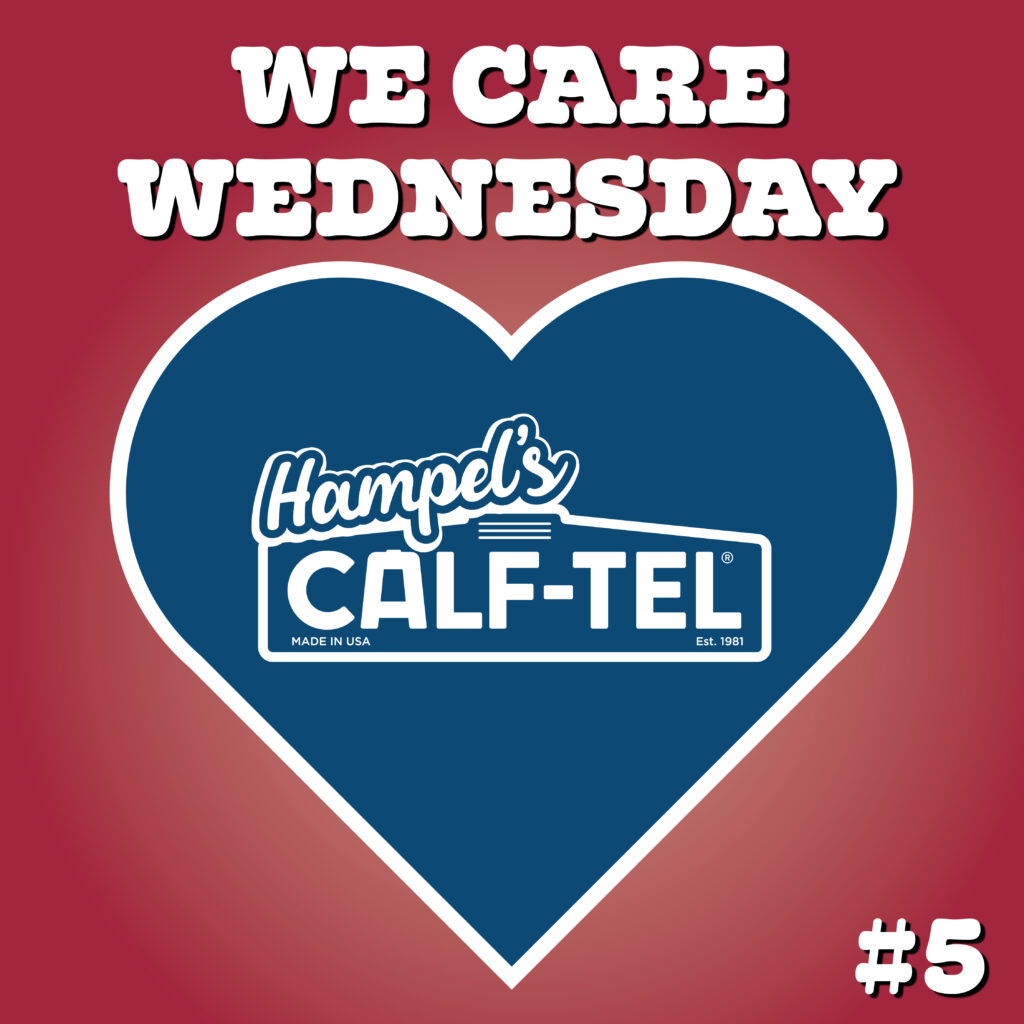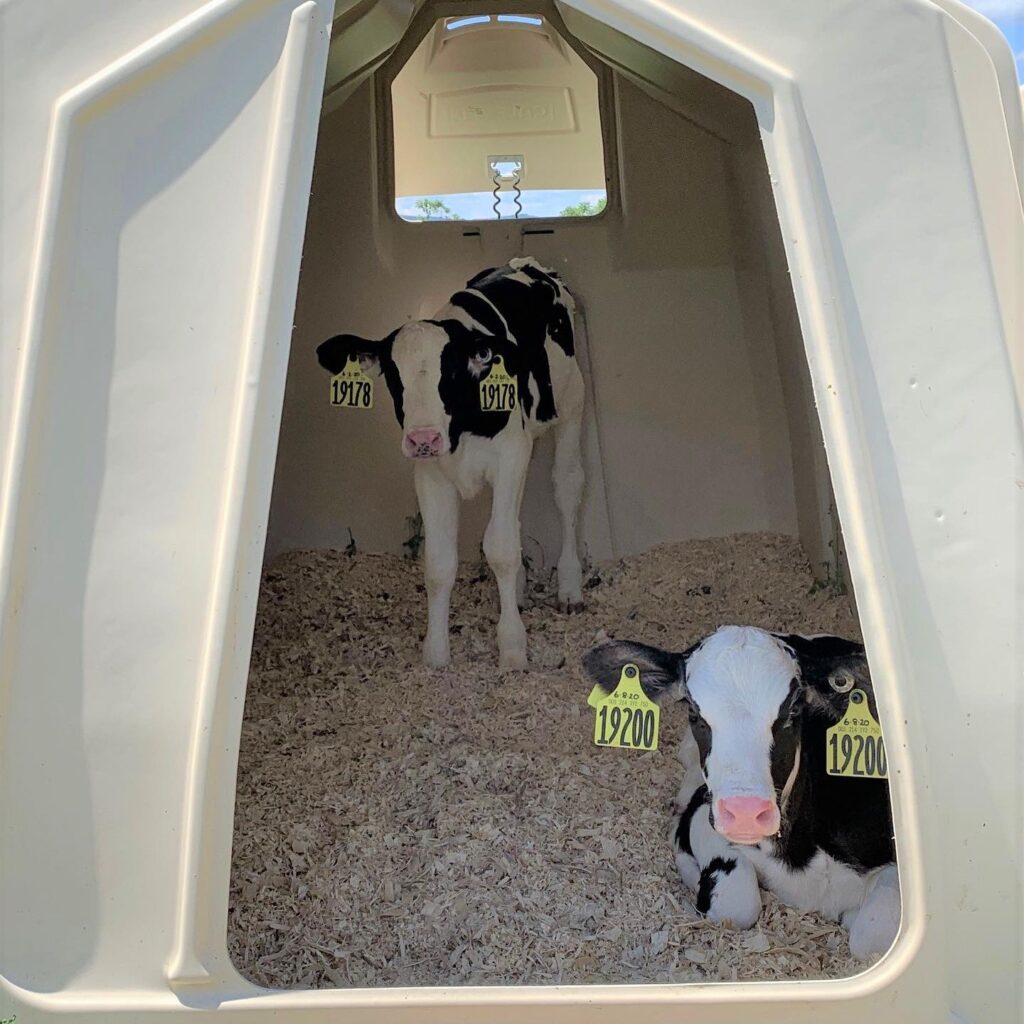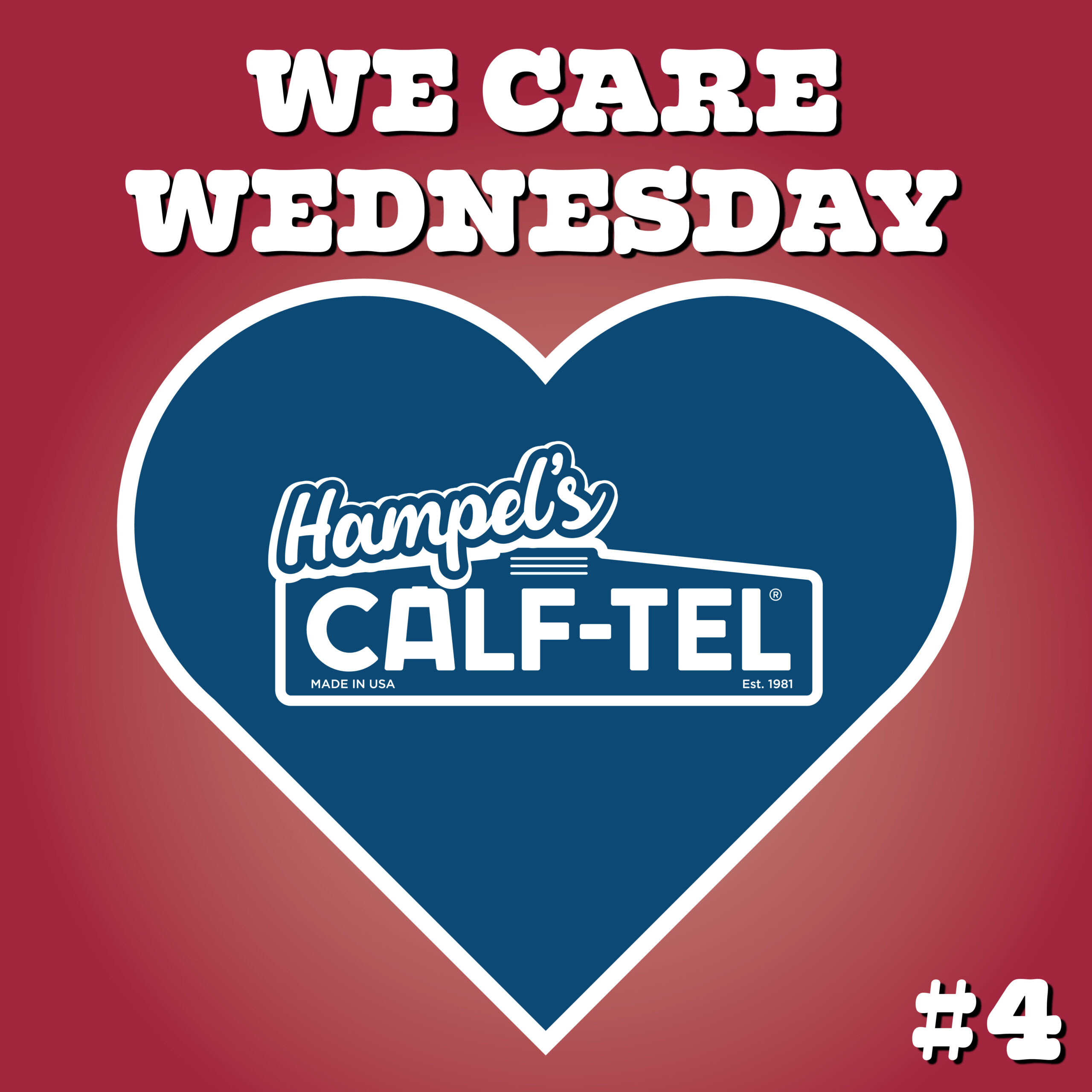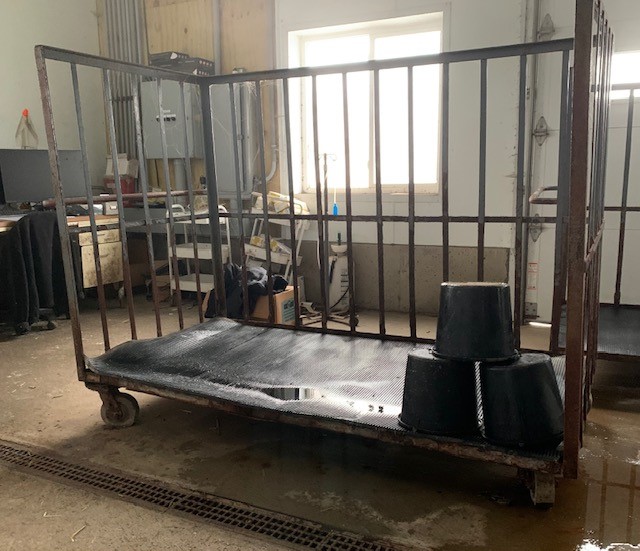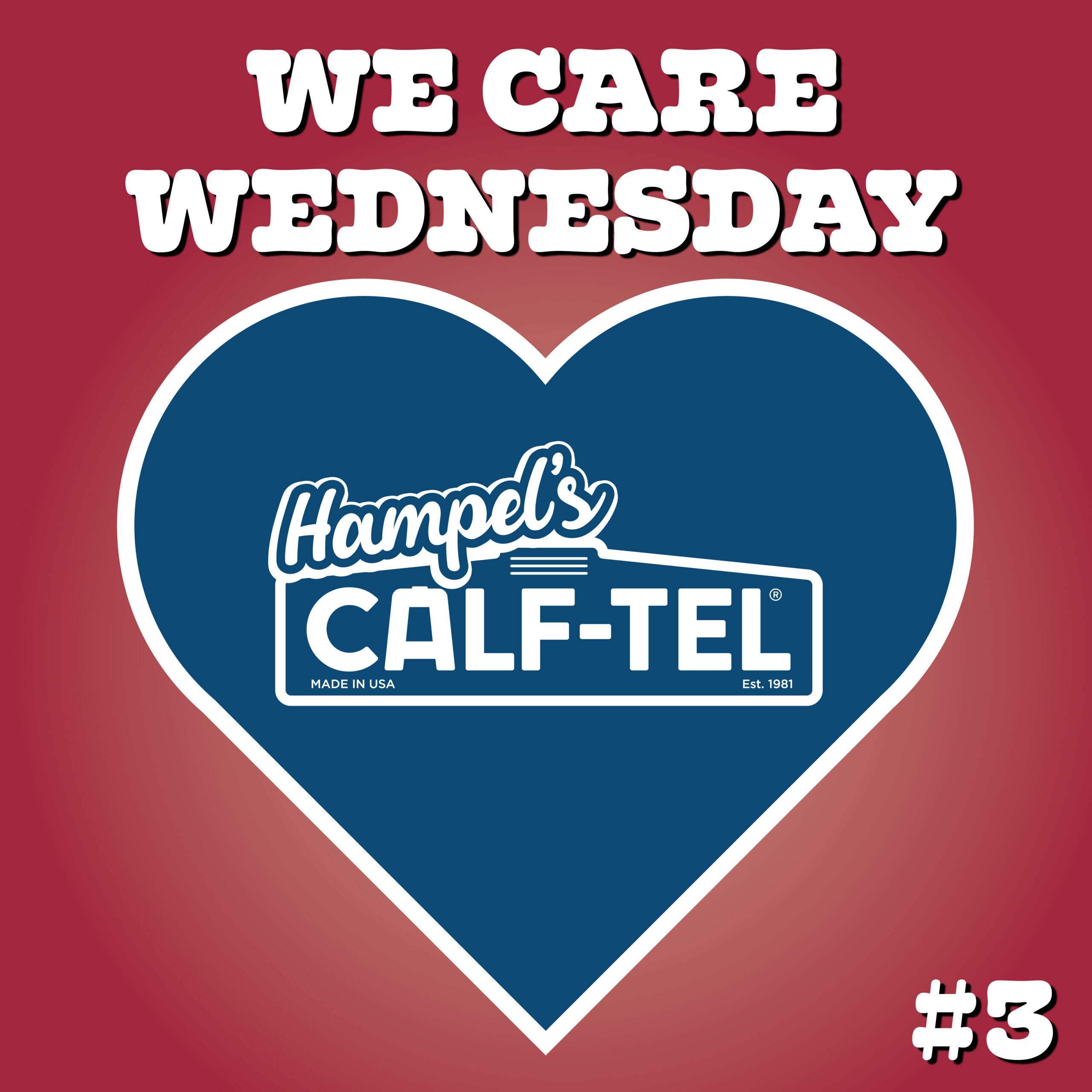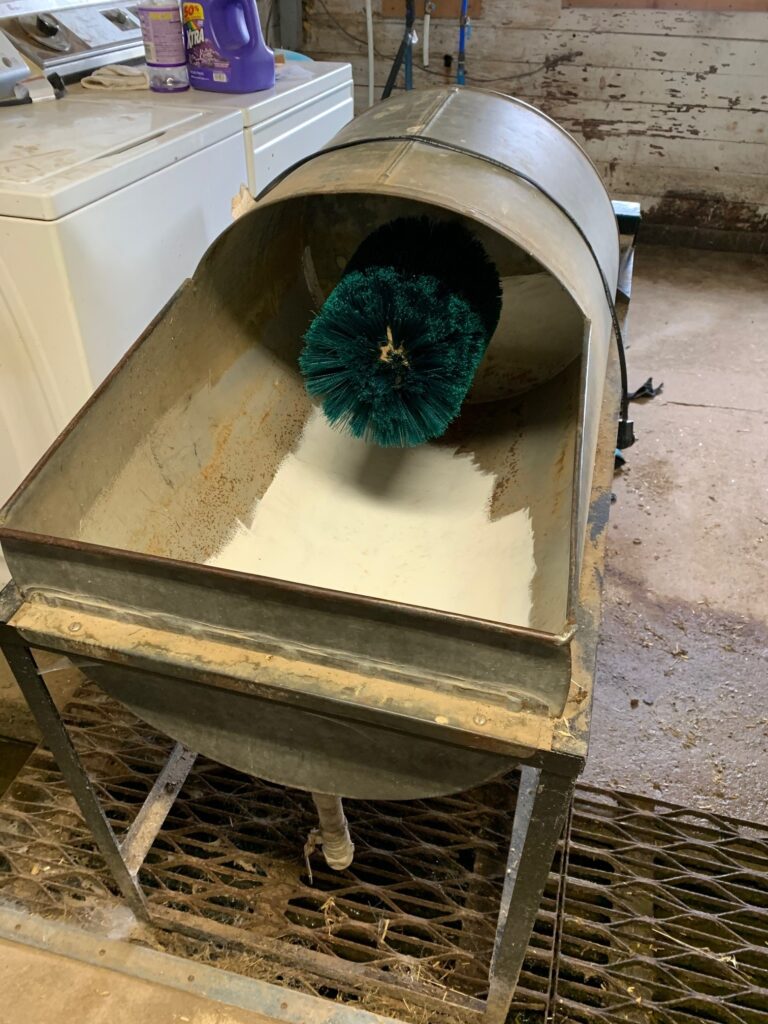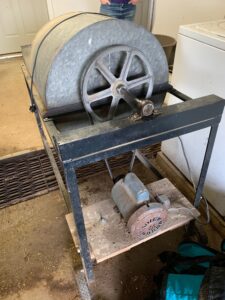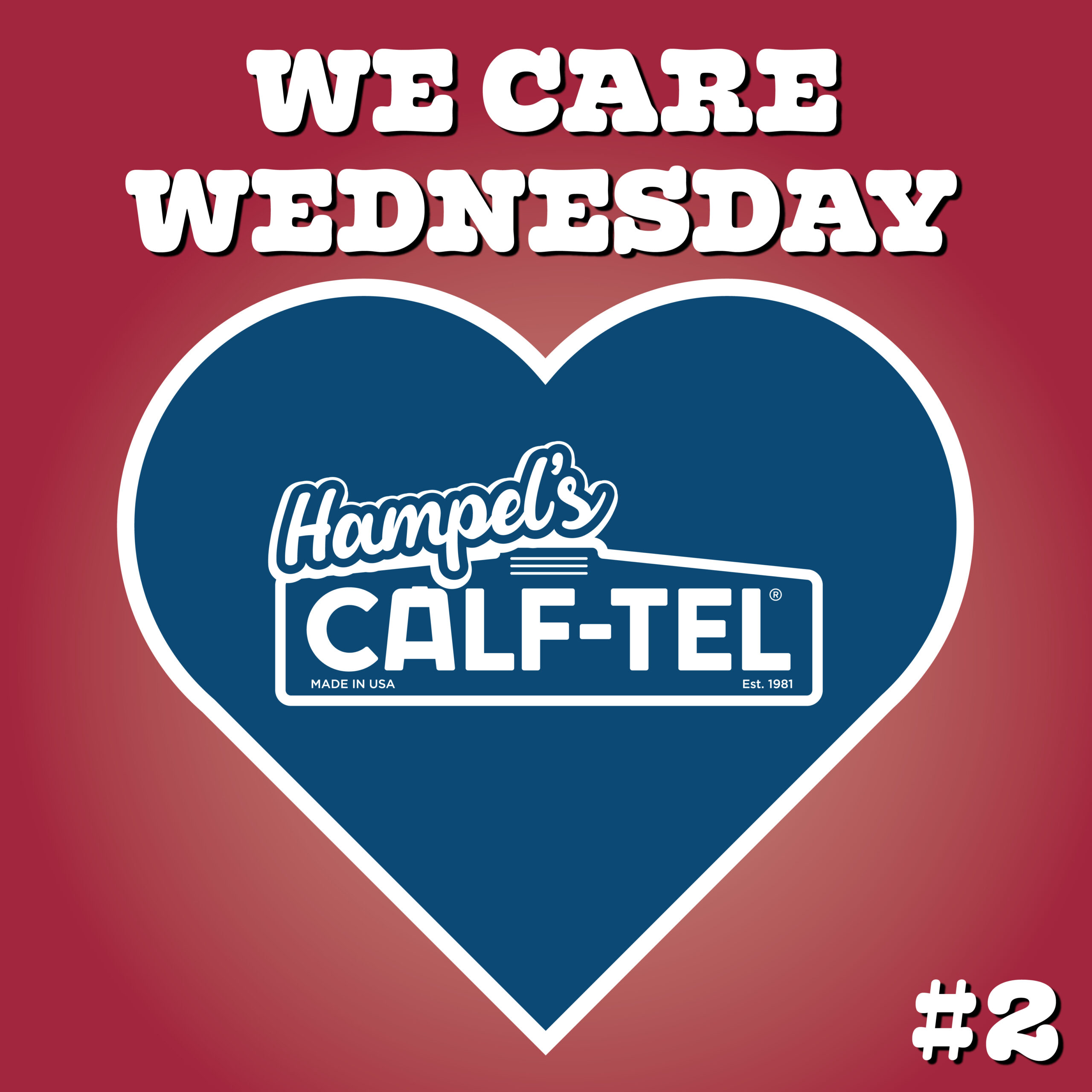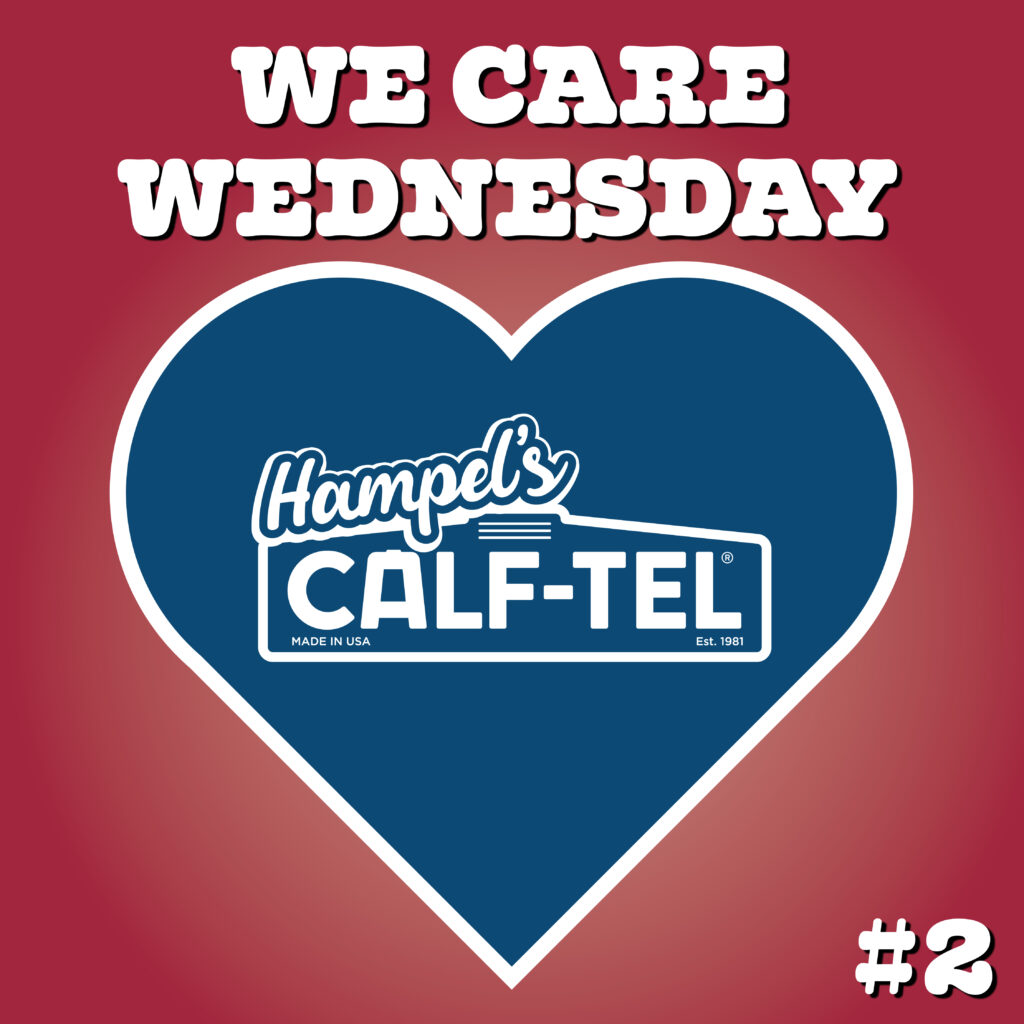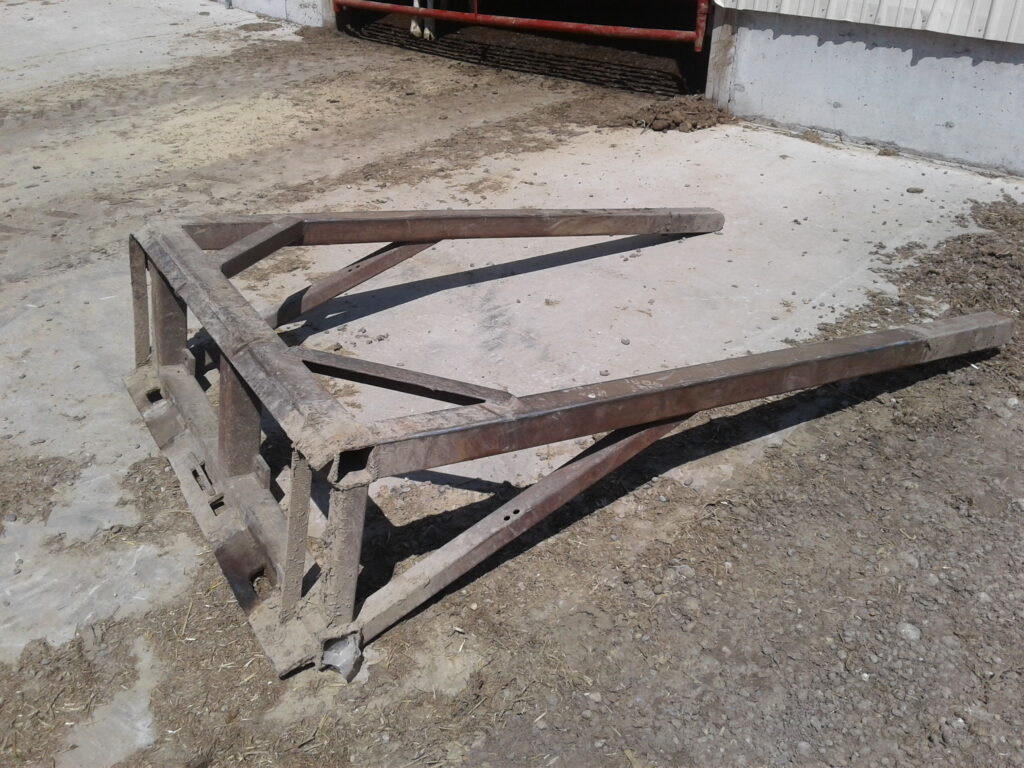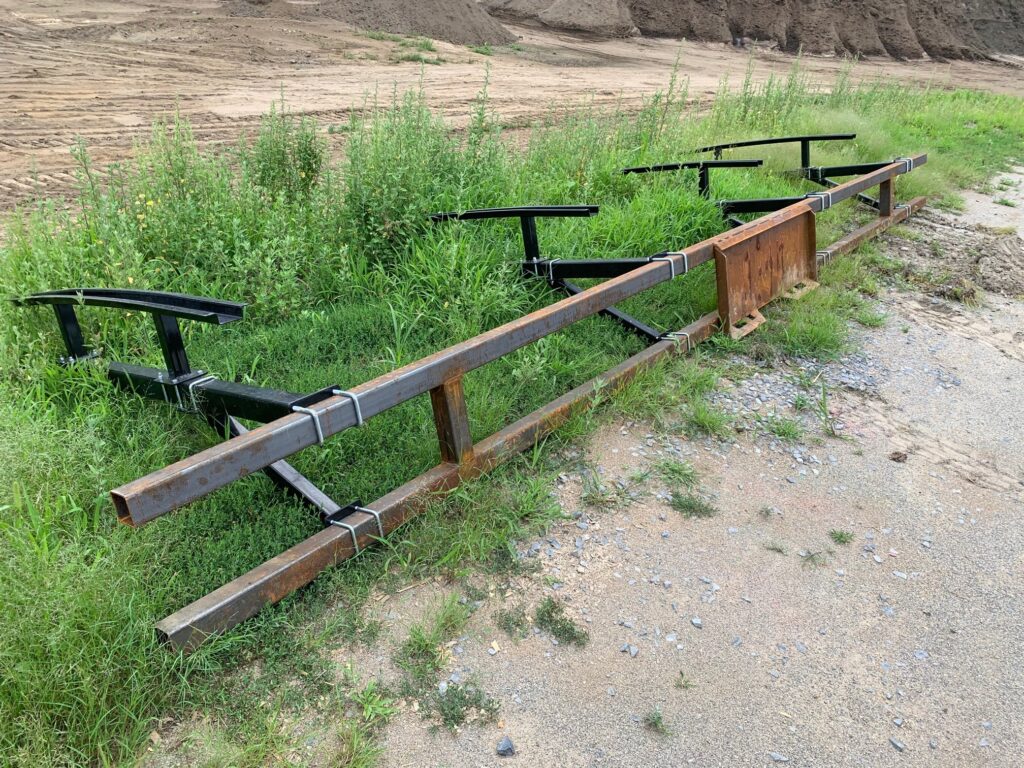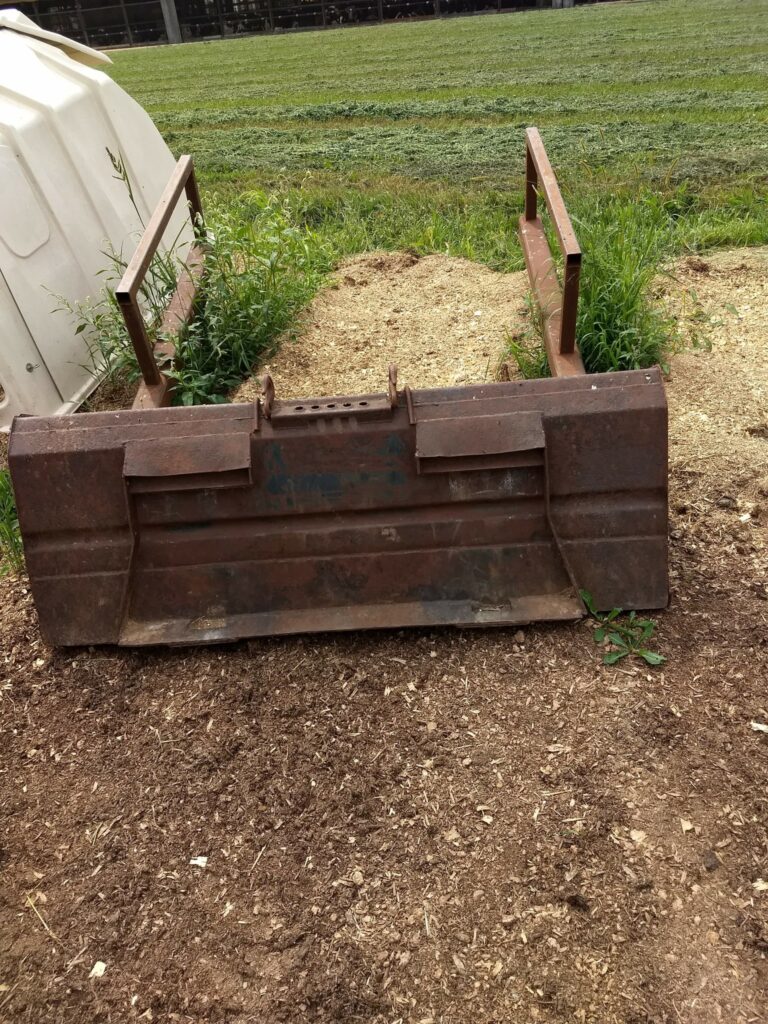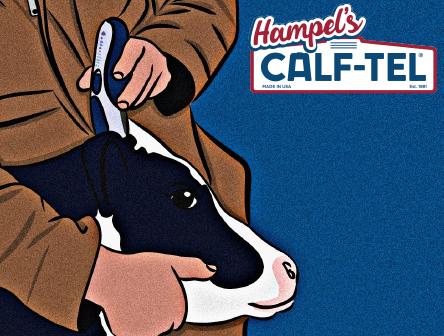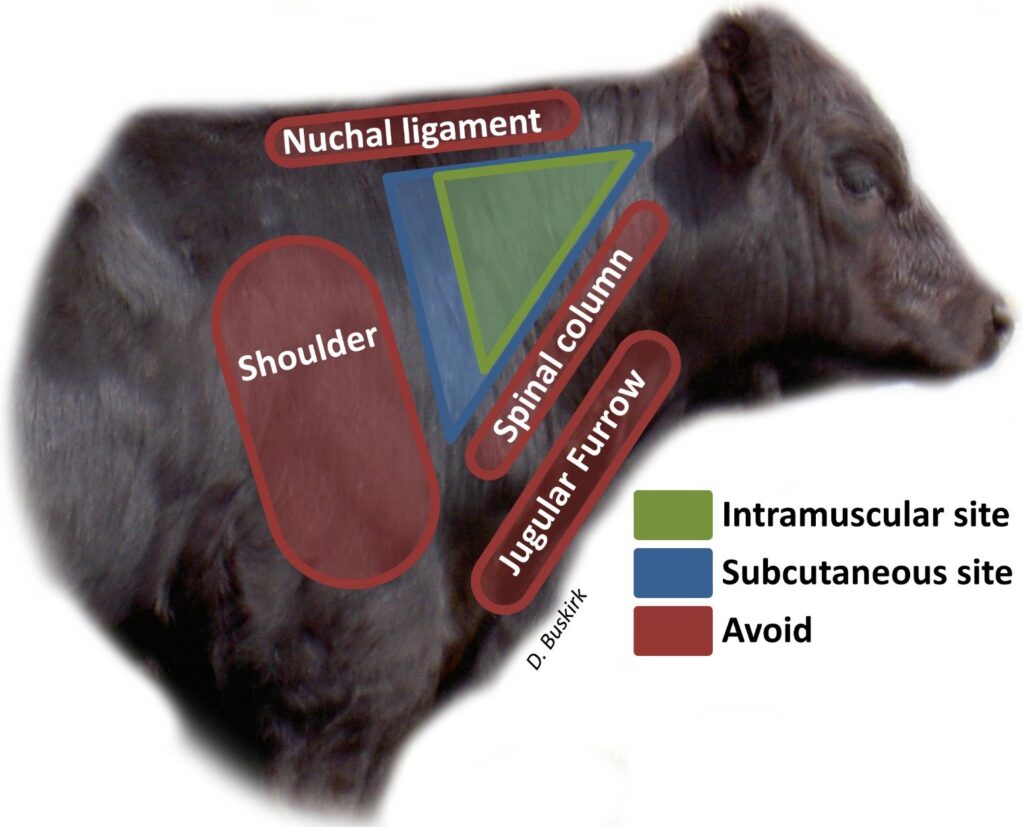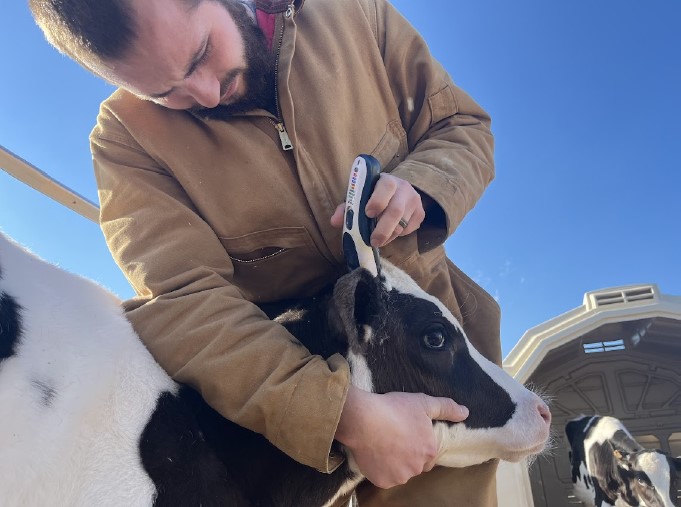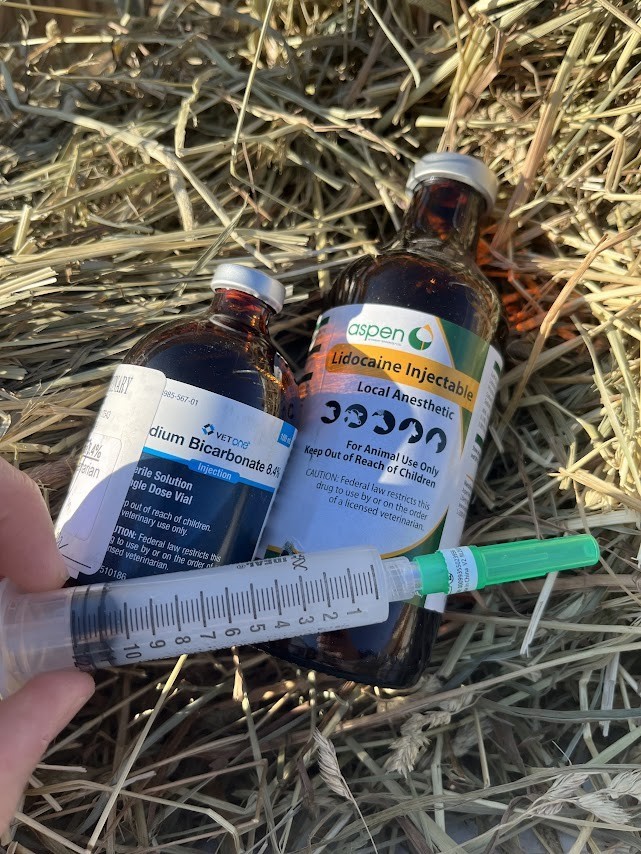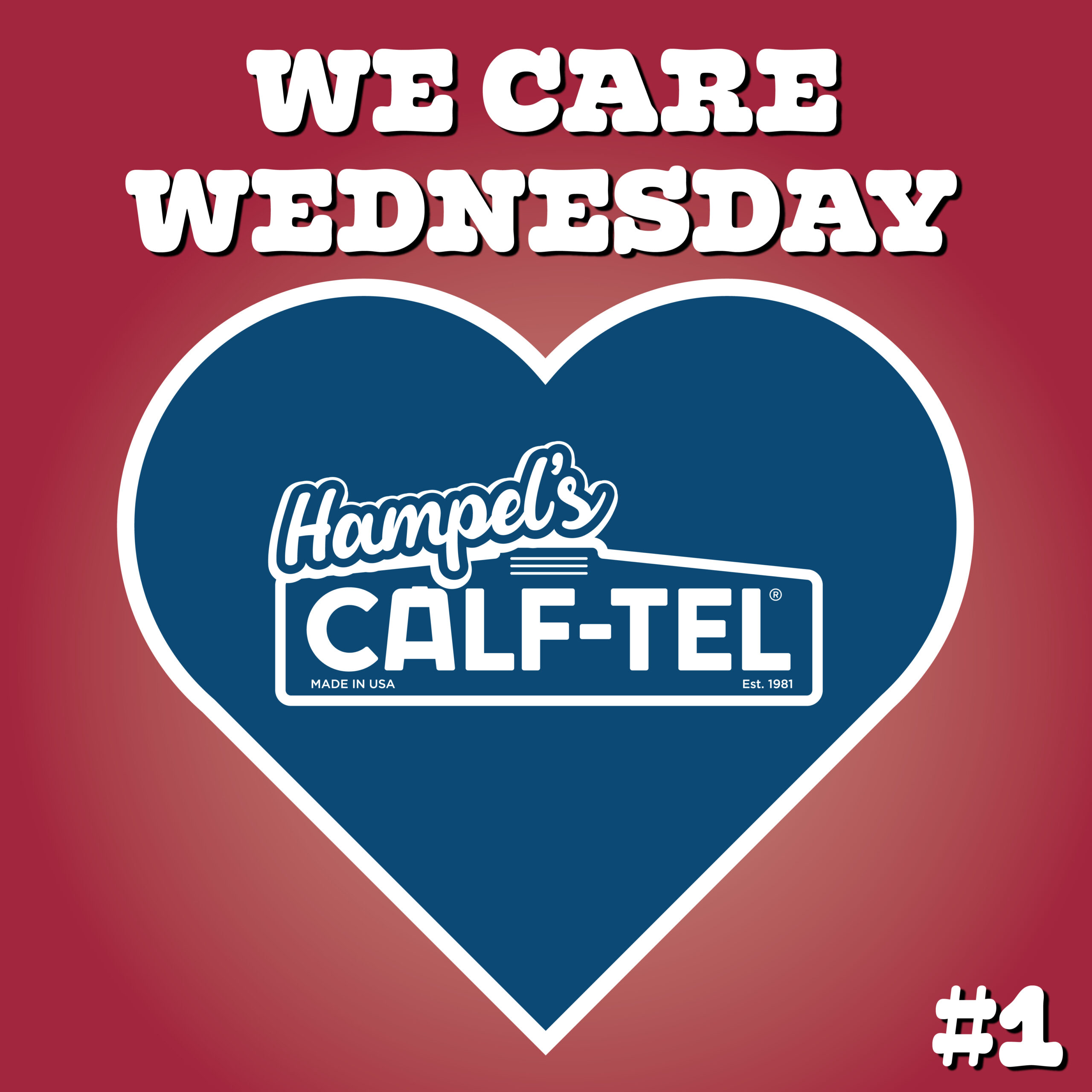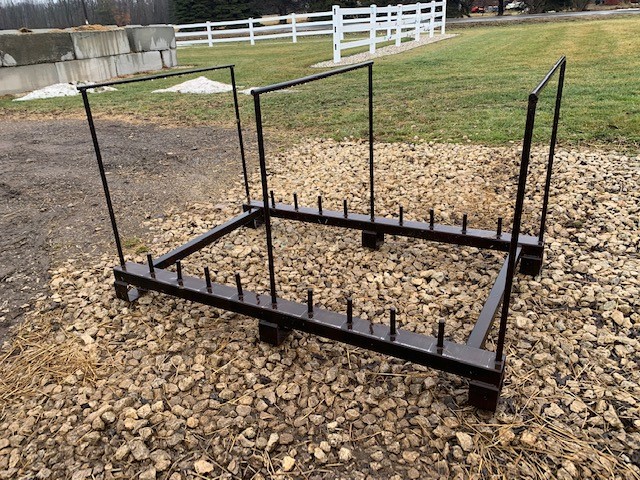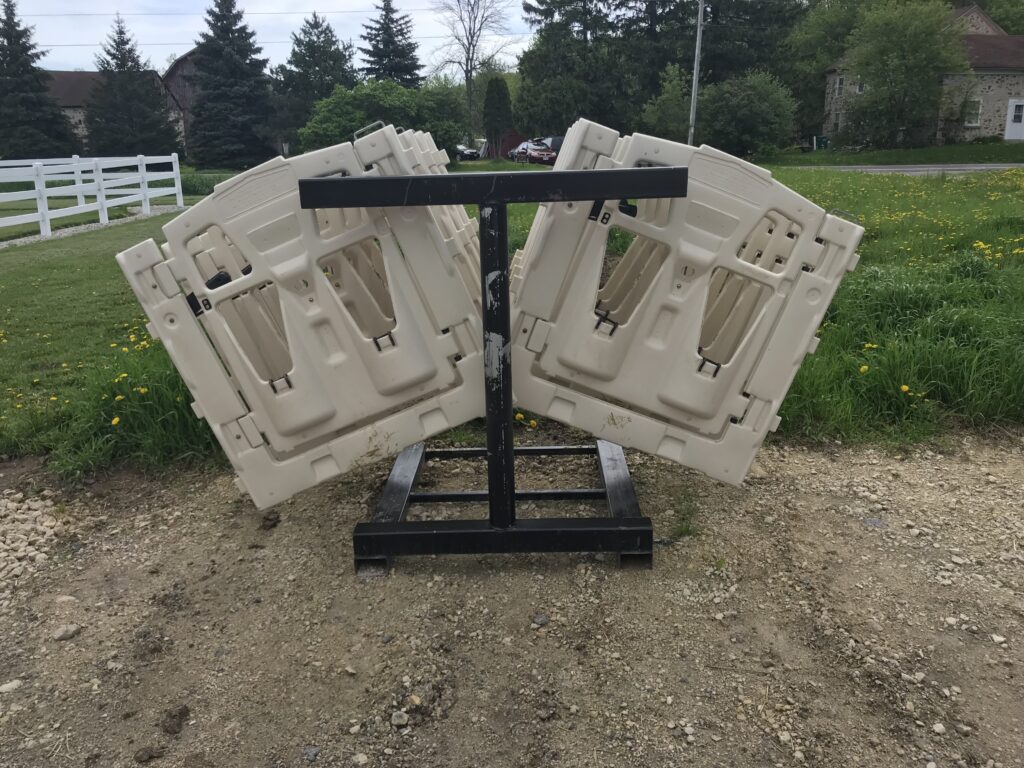by Grace Kline
I would like to preface this blog by stating that I am not a veterinarian, nor claim to be one. The information to follow in this blog contains protocols and information that are used on our dairy, following instruction from our vet, Terry. Terry has been with us for the last few years and knows our operation, our goals, and our cattle well.
Any protocols or treatments that you wish to implement should be consulted with your veterinarian to be sure they are carried out properly for the sake of you, your cattle, and your relationship with your vet- which is extremely important.
Treating Cattle
When treating cattle, it is imperative that we take time to read labels. The labels contain information such as dosage amounts, meat withholds, and milk withholds. Milk withholds are to be followed to prevent contaminating your bulk milk tank with antibiotics, and meat withholds are to prevent the slaughter of beef containing antibiotics. Neither milk or beef contaminated with antiobiotics can be sold. Following the dosage recommendations for the animals age and weight allow you to remain within the milk and meat withdrawal periods and prevent the overdosing of antiobiotics or vaccines in cattle. Be sure to keep detailed records of treatments and vaccinations for future reference, especially when deciding to milk the cow in the bulk tank or when to sell the cow for meat.
The label also instructs you on where the treatment or vaccine is to be placed. Subcutaneous, or Sub-Q means that the needle is to be placed under the skin. Intramuscular, or IM means that the needle is to be placed in the muscle.
Intravenous, or IV means that the needle is to be placed in the vein. If you have not given any injections before, it is best to consult your veterinarian to teach you. Beef Quality Assurance provides an easy graph to best locate the ideal injection spot for the Sub-Q and IM injections.
IV injections are the most difficult of the three options and should be done either specifically by the vet or after being trained by the vet. This can come in handy when treating adult cattle for milk fever, or when needing to treat calves with IV only antibiotics. Personally, I learned how to IV adult cattle from my father who had vet training and learned how to IV calves on an internship in Wisconsin by a well-known calf raiser. I was taught and practiced under supervision for the safety of myself and the cattle. To give IV injections to standing calves, I stand over them and pinch their neck between my legs. I then hold their head to one side, exposing the jugular vein. I insert the needle and draw back the plunger to check for blood before releasing any injection to be completely sure I am in the vein. I give about half the injection, pull back the plunger again to check for blood, then finish the injection. When the calf is laying down, I kneel over them and pull their head to one side. Often times, I ask a second person to assist in holding the calf still to prevent any unnecessary mark or injury.
When giving Sub-Q injections, I pinch a bit of skin in the neck, inserting the needle at about a 30-degree angle. If you keep the needle straight while pinching the skin, you will most likely puncture through the other side of the skin rather than under it. If injected this way, the animal will not receive the correct amount of the injection and it opens opportunity for injury.
Injections given IM are placed straight into the neck of the animal. Be sure to read the label to determine how much can be given in one injection site, so you do not hurt the muscle. For example, a label may read — “Do not give more than 5 mL per injection site.” For example, if you are treating a calf for pneumonia and her weight qualifies her for 7 mL, you should not inject all 7mL into a single spot on the left side of her neck. You can either give half on the left or half on the right or move to another spot within the “safe zone” outlined by Beef Quality Assurance.
Dehorning Calves
Again, I want to stress the importance of consulting your vet especially when dehorning calves! In pictures to follow, you will see our butane burner, clippers, and pain control medications. Our vet spent an afternoon with us teaching both Jacob and I where and how to inject the pain medications, as those are given in the temple. Our vet worked extensively with Jacob, (pictured below) to teach him how to properly dehorn calves using the burner, so that the calves are safe and the head heals properly. Jacob is the only individual on our farm that dehorns young calves and takes care that the head heals extremely well.
This is for informational purposes only, not educational. Please do not attempt to copy these protocols without the proper teaching and consultation of the professionals in your area. When handled improperly, the burners can cause injury to both calf and farmer. It is vitally important that you know when the dehorning is complete, and how to cauterize any bleeding that may occur.
First, we clip the area surrounding the horns. This prevents unnecessary burning of hair, gives a clear view of the horn, and helps to keep the area clean during the healing process. Removing the hair prevents unwanted bacteria from reaching the site and from obstructing our view to notice any bleeding/infection that may occur afterwards.
We use lidocaine to numb the area surrounding the horn to prevent the calves from feeling the burner. Our vet instructed us to fill our syringe to 10 mL, plus 1 mL of sodium bicarb to slightly dilute the lidocaine. We place 5.5mL on either side of the head, in the temple. We allow the calf to rest for a few minutes to give the lidocaine time to activate, then apply our butane burner to the horn. The horn pops off, Jacob checks to be sure there is no bleeding, and we release the calf. We try to go as fast as we can to minimize stress but make sure to get all of the horn.
There are other methods used to dehorn calves, such as a dehorning paste. We tried this for about a year, however we did not get the results we were hoping for. Some calves showed disfigured horns, others had complete horns on only one side, and for some the paste was successful. If paste works for you, that is great! We did not have very much luck with it, and chose a different route.
If you are unsure about vaccines, antibiotics, or dehorning, your vet can help you go over options and choose what is best for you. They would much rather come in and assist you in getting it right the first time, instead of coming back to fix an avoidable issue. You will find what works best for you and your goals!
Grace Kline works with her husband Jacob alongside brothers-in-law Josh and Jesse. Together, they operate Diamond Valley Dairy in Southeastern Pennsylvania. Diamond Valley is a 60-cow operation, where Grace works full time as the calf and heifer manager among many other tasks. Graduating from Morrisville State College in 2022, Grace received her Bachelor’s in Business Development and completed an internship in Wisconsin in 2021 where she spent time learning the calf operation at Budjon Farms.
